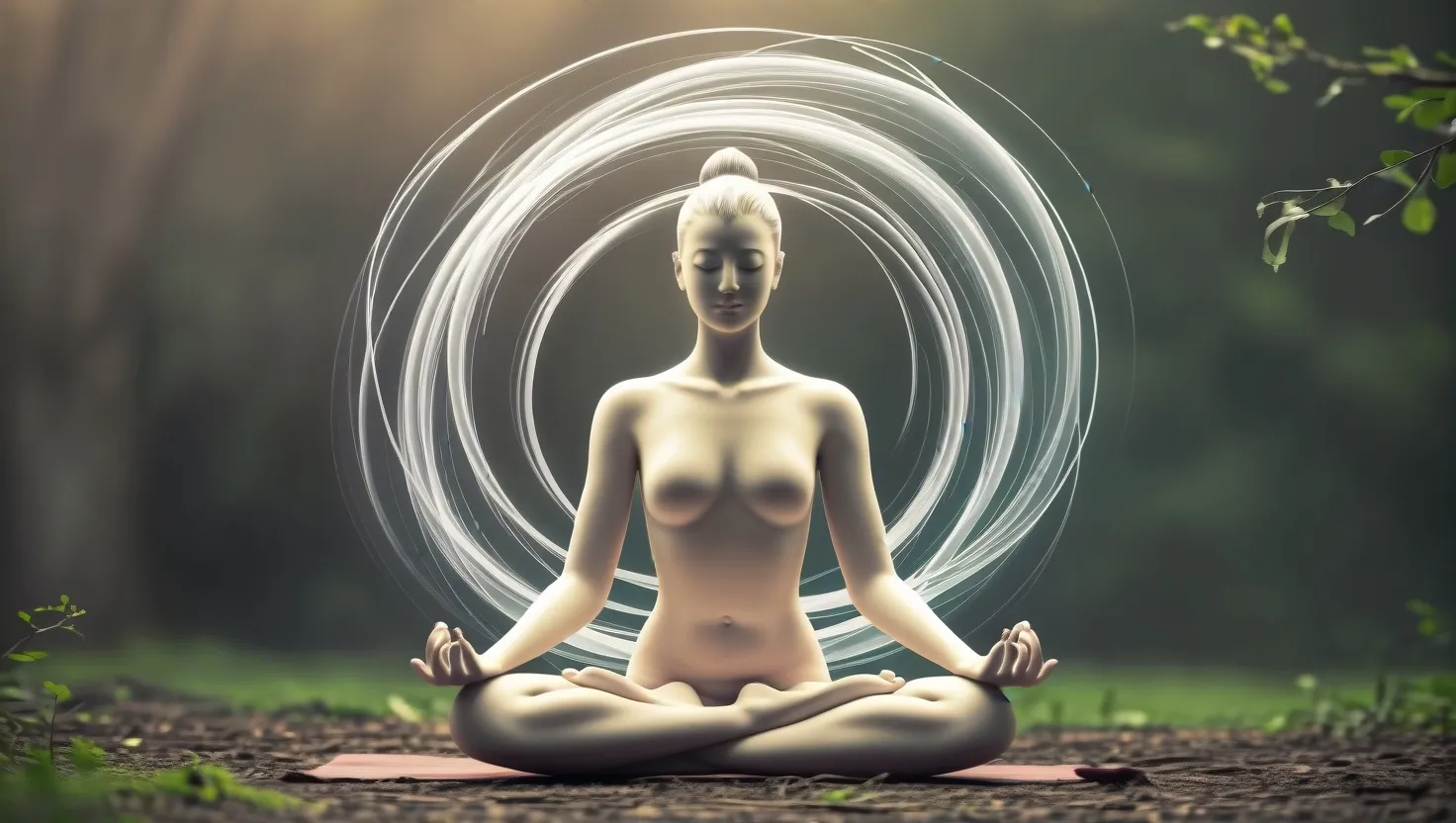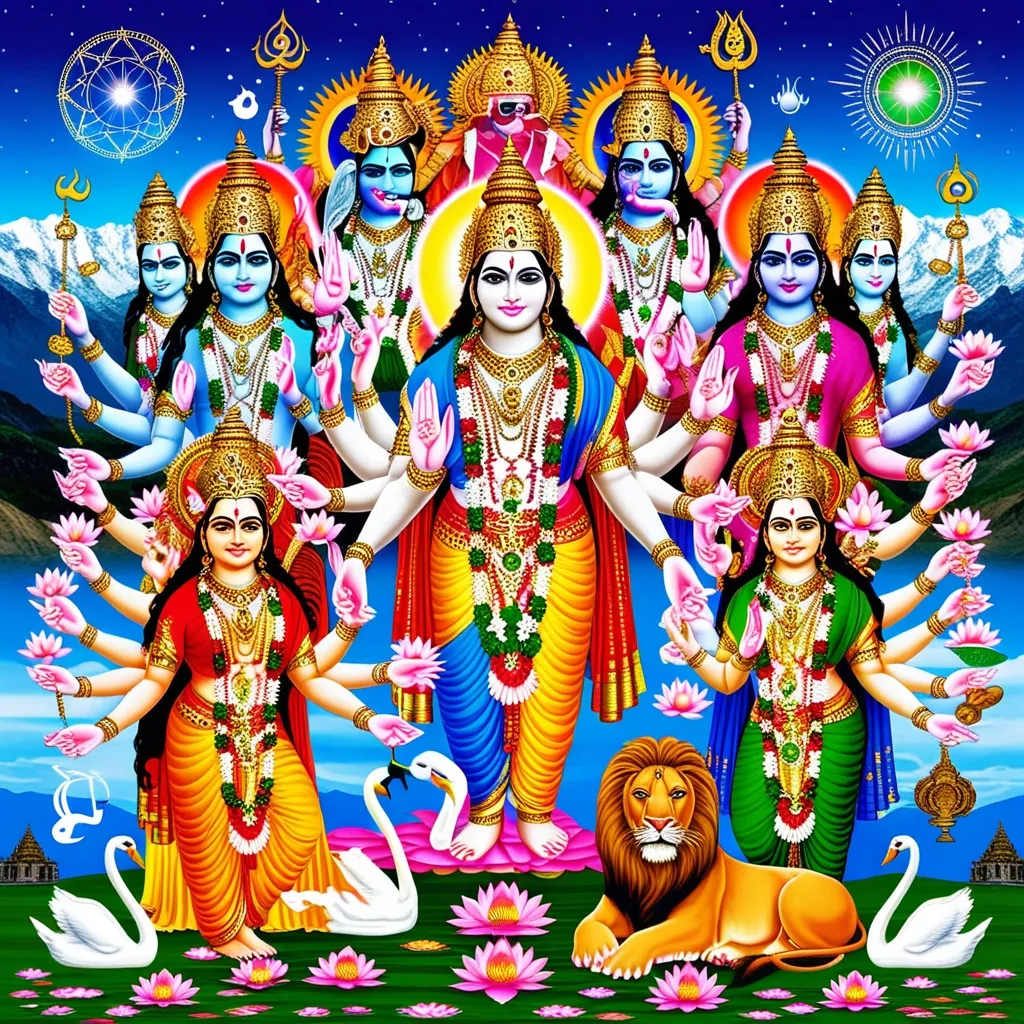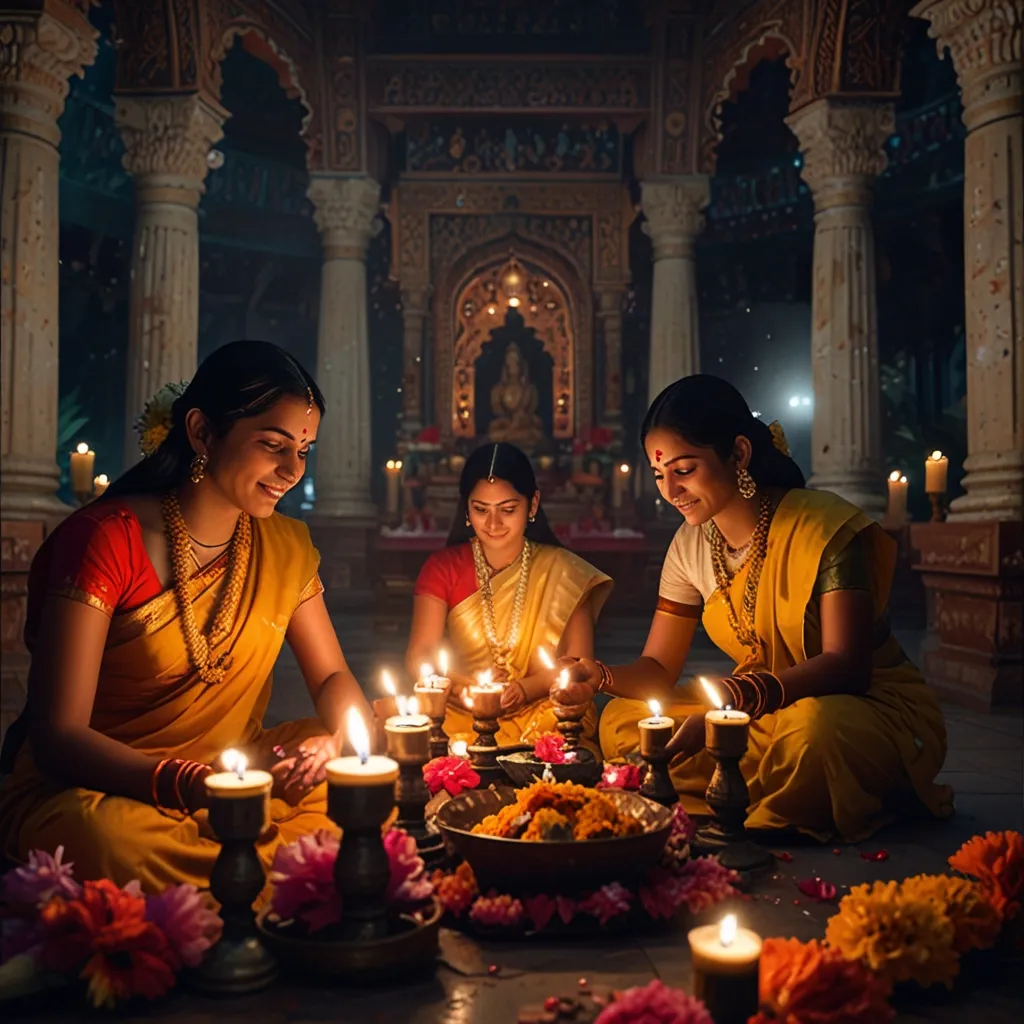In the bustling tapestry of modern life, where stress and chaos often reign supreme, the ancient practices of yoga offer a serene and powerful path to mind-body harmony. Rooted in the rich soil of Hindu philosophy, these techniques, as described in seminal texts like the Yoga Sutras and the Hatha Yoga Pradipika, are more than just physical exercises; they are holistic approaches to well-being that unite the mind, body, and spirit.
Let’s start with the often-overlooked yet profoundly impactful practice of Pranayama, the art of breath control. This is not just about breathing; it’s about mastering the flow of prana, or life force, within us. Techniques like Anulom Vilom and Kapalbhati are designed to regulate this vital energy, enhancing mental clarity, reducing stress, and improving overall health. When you practice Pranayama, you’re not just breathing; you’re harmonizing the internal rhythms of your body, creating a symphony of balance and calm.
Asana, a term often misunderstood as merely physical postures, has a deeper significance. Originally, it meant a stable, comfortable seat for meditation – a foundation upon which one could build a practice of inner reflection. Over time, the concept expanded to include various body positions, each designed to improve flexibility, strength, and body awareness. Asanas are not just about bending and stretching; they are about preparing the mind for the deeper spiritual practices that follow. By aligning the body in specific ways, you create an environment conducive to mental clarity and spiritual growth.
One of the lesser-known yet crucial practices is Pratyahara, the withdrawal of the senses from external stimuli. In a world where we are constantly bombarded with information and distractions, Pratyahara offers a refreshing respite. This practice involves turning your attention inward, away from the external world, and calming the mind. It serves as a bridge between the external practices of yoga, like Asanas and Pranayama, and the internal meditation techniques that follow. By withdrawing your senses, you create a quiet, inner space where true reflection and self-awareness can flourish.
Dharana, or concentration, is another powerful tool in the yogic arsenal. This practice trains the mind to focus on a single point – it could be an object, a concept, or even a part of your body. The goal is to sustain this focus over time, cultivating the ability to concentrate without distraction. Dharana is not just about mental discipline; it’s about creating a pathway to deeper states of meditation and self-awareness. As you practice Dharana, you begin to see the world with greater clarity and understand the intricate web of thoughts and emotions that shape your reality.
Finally, there is Dhyana, or meditation, a state of sustained concentration that cultivates a sense of unity between the observer and the observed. In Dhyana, you are no longer just focusing on a point; you are becoming one with it. This practice promotes mental equilibrium and spiritual growth, allowing you to see beyond the surface level of existence and connect with the deeper, universal consciousness. Regular practice of Dhyana transforms your perspective, making you more compassionate, more aware, and more at peace with the world around you.
These ancient practices, though rooted in texts from centuries past, are remarkably relevant in today’s fast-paced world. They offer a way to step back from the chaos, to breathe deeply, to focus inwardly, and to find harmony in a world that often seems to value speed over serenity. As you embark on this journey of yogic practices, you’ll discover that the true power of yoga lies not in the physical postures or breathing techniques alone, but in the profound impact they have on your mind and spirit.
In a world where stress and anxiety are rampant, these practices provide a beacon of hope. They remind us that well-being is not just about physical health, but about the harmony of our entire being. By incorporating Pranayama, Asana, Pratyahara, Dharana, and Dhyana into your daily life, you’re not just practicing yoga; you’re cultivating a deeper connection with yourself and the world around you.
As you delve into these practices, you’ll find that the boundaries between mind, body, and spirit begin to blur. You’ll experience a sense of unity and balance that transcends the mundane routines of daily life. It’s a journey that requires patience, dedication, and an open heart, but the rewards are immeasurable.
In the end, the true beauty of these yogic practices lies in their simplicity and profundity. They are tools that anyone can use, regardless of age, background, or physical ability. They offer a path to self-discovery, to inner peace, and to a deeper understanding of the world and our place within it. As you embark on this journey, remember that the ancient wisdom of yoga is not just a relic of the past; it is a living, breathing guide for achieving harmony and balance in the present.






